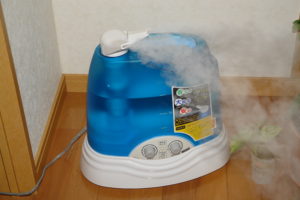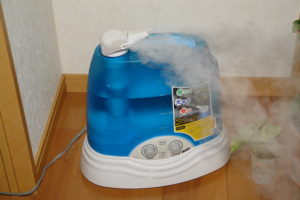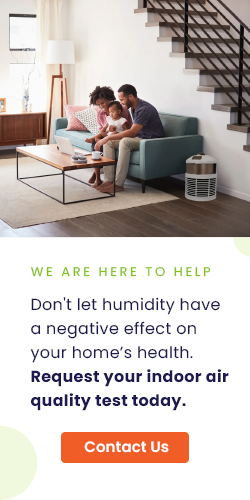How to Correctly Select and Maintain Humidifiers
With winter on the horizon, many people are turning to humidifiers to combat the unpleasant effects of dry indoor air, such as chapped lips and itchy skin. However, while it’s true that a humidifier can make your home more comfortable, it’s essential to understand how these machines work and how to maintain humidifiers prior to installation. If not handled correctly, humidifiers can contribute to the presence of mold and bacteria in your home, potentially contributing to allergic reactions and other health risks.
Types of Humidifiers
There are 4 main types of humidifiers, as described below:
- Cool mist humidifiers: These slowly add a cool, invisible mist into the air by passing dry air through a saturated wick filter then gently evaporating it outward with a rotating disk while sediment, minerals, and impurities are trapped in the filter.
- Warm mist humidifiers: These models boil water (trapping impurities in the process) and then release clean warm vapor into the air. Some models of warm mist humidifier come with humidistat technology and medicine cups, allowing the user to disperse inhalants for added relief.
- Ultrasonic humidifiers: These models use a transducer to vibrate water at ultrasonic speed, producing a very fine, light mist which is easily dispersed throughout the room.
- Steam vaporizers: These are “budget-friendly” small humidifiers which produce warm vapor through a boiling process that also serves to cleanse impurities from the water.
Warm mist humidifiers tend to carry the lowest risk of microbial growth as they heat the water to such a high temperature that mold and bacteria are destroyed. Steam vaporizers are the second best choice as they also boil water prior to vaporization, but the hot water in them may cause burns if spilled, presenting a serious risk if one has children.
Caring for Your Humidifier
Regardless of which model you choose, be sure to clean out your humidifier at least once every two days. Try to purchase a model with a filter change reminder light so that you don’t lose track of when it’s time to replace the filter.
Its also a good idea to purchase a hygrometer—a tool for measuring the relative humidity of your home—to make sure that the humidity level of indoor air never rises above 55% (just below 50% is ideal). Keeping humidity under 55% reduces the risk of dust mites, mold, and mildew proliferating in your home.
As a final note, never place your humidifier too close to the wall; it is recommended to position your humidifier at least six inches away from any walls in order to prevent moisture damage from occurring.
Here is further information on humidifiers from the Environmental Protection Agency Click Here







